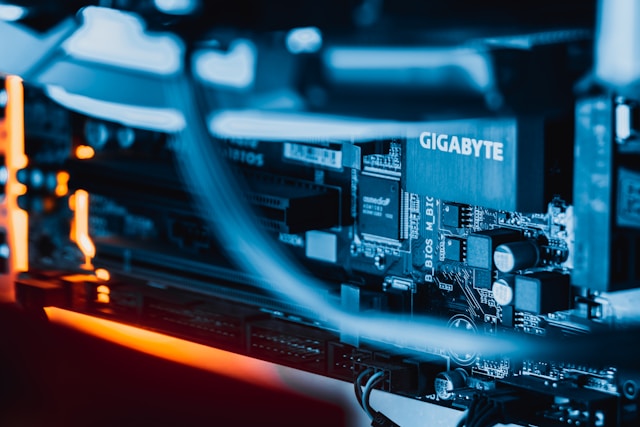
For years, Silicon Valley churned out apps that made life easier, faster, more connected—at least on the surface. You could order food in two taps, scroll for hours without ever getting bored, and find a date by swiping right before your coffee cooled. That era—mobile-first, social-obsessed, endlessly scalable—is quietly folding.
What’s taking its place feels heavier, more ambitious.
Across the Bay Area, the buzzwords are shifting. Founders are talking about semiconductors, battery density, and AI inference speeds. The phrase making the rounds is hard tech—a catchall for the kinds of engineering problems that don’t get solved in a weekend sprint.
This new direction didn’t come out of nowhere. Venture capital firms, rattled by overinflated valuations and the dismal returns of some consumer startups, are looking for deeper plays. Instead of betting on the next great social network, they’re writing checks for companies working on quantum chips, small modular reactors, and AI co-pilots for factory floors.
Hardware is cool again. So are PhDs.
In the early 2010s, tech companies were playgrounds. Engineers sat on beanbags, ate hand-rolled sushi on campus, and occasionally shipped out a new messaging feature. Work was breezy, margins were wild, and profits rolled in. “Rest and vest” wasn’t just a meme—it was a reality.
But that Silicon Valley is being replaced by one with lab coats and fabrication constraints. The new crop of startups is solving real-world bottlenecks—how to train larger language models without melting the grid, how to store solar energy without losing half of it overnight, how to build chips that don’t rely on global supply chains vulnerable to geopolitical jolts.
AI has played a big role in this pivot. The hype around generative models pulled a lot of capital into the ecosystem, but it also exposed infrastructure gaps. To train GPT-class systems, you need a staggering amount of compute. And compute doesn’t run on vibes—it runs on silicon, energy, and systems optimization.
So, naturally, money is flowing upstream. Chip startups are seeing renewed attention. So are cooling tech companies and firms working on more efficient GPUs. Everyone’s suddenly interested in the physical layers of innovation—the things you can actually hold, measure, or solder.
It’s not just the tech that’s changing—it’s the culture. Today’s founders are less likely to be college dropouts with a clever app and more likely to come from academic labs or deep industry. Their pitch decks are filled with equations and pilot manufacturing plans. And the timelines? Forget 18-month exits. Hard tech plays out over decades, not quarters.
Of course, not every startup will land. Many of these technologies are risky, expensive, and painfully slow to commercialize. But the ones that do stick could reshape entire industries.
In a sense, Silicon Valley is coming full circle. Before the photo filters and dating swipes, it was a place that made semiconductors and routers—hard things with harder problems. Now, that spirit is back.
The difference? This time, it’s being packaged for a world that desperately needs it.
Follow us on WhatsApp, Telegram, Twitter, and Facebook, or subscribe to our weekly newsletter to ensure you don’t miss out on any future updates. Send tips to editorial@techtrendsmedia.co.ke


